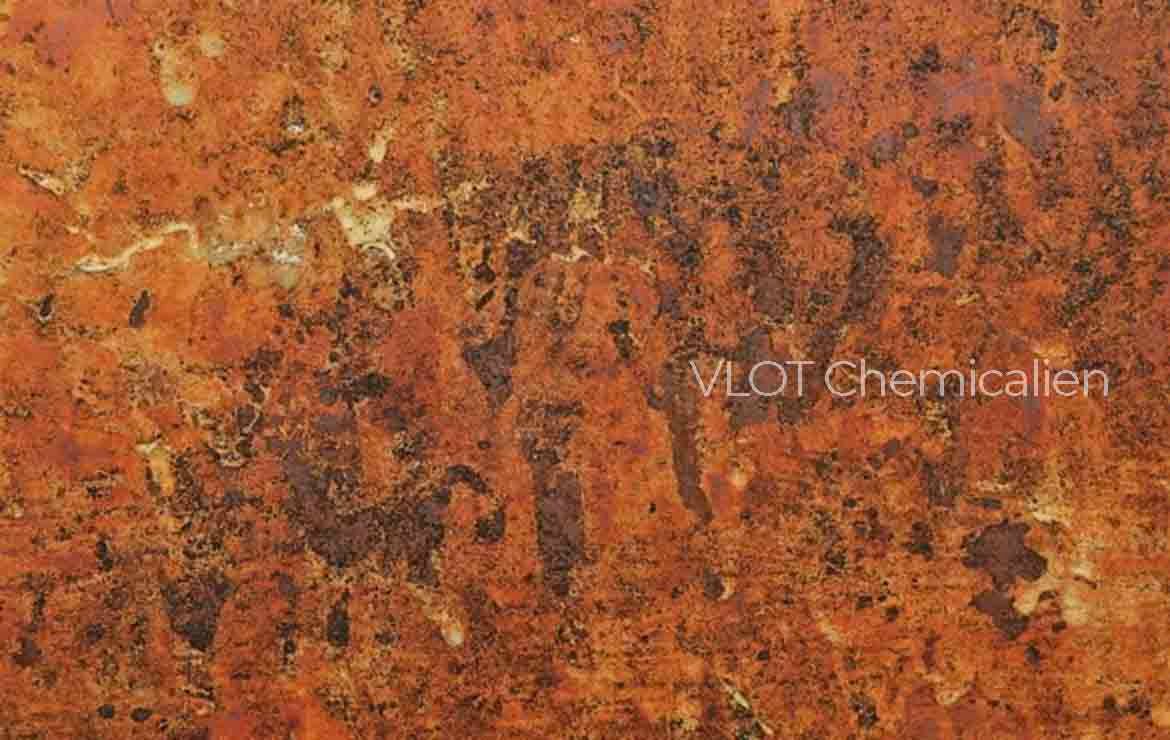English
The metalworking industry is rapidly expanding; however, the issue of corrosion in production outputs or even in equipment and machinery continues to haunt workers in the industry.
Before the era of 1910, the search for corrosion-resistant materials was one of the biggest challenges for humankind. This was revealed by Harold M. Cobb in his book entitled "The History of Stainless Steel." In his journal titled "The Corrosion and Preservation of Iron and Steel," Cobb also stated that the tendency to corrode is inherent in iron, and in all likelihood, this tendency can never be completely overcome.
Corrosion or rust often causes significant losses each year. The metal most affected by corrosion is iron. Efforts to turn tin into gold have been made by chemists since the Middle Ages. However, no one has been able to make iron rust-resistant. The problem of rust has become a ghost in almost all industrial sectors, and even humans seem to have given up on the ghost named rust.
Basically, rust is the result of corrosion, where there is damage or degradation due to the reaction between metal and various other substances in the environment that produce unwanted compounds. Actually, there are techniques/methods to prevent corrosion/rust, one of which is by painting. This is a very common method used in corrosion prevention efforts. However, this method is not efficient because the texture of the paint is easily scratched or peeled, thus causing corrosion to occur again.
As science and technology continue to develop, chemists have conducted research and discovered new innovations in dealing with the problem of rust/corrosion, namely by coating products and equipment with oil-based liquids. You may wonder, why oil-based liquids? Aren't liquid particles the main factor that causes rust? Is this method safe? And there are many other questions that may arise in your mind.
Okay, the oil-based liquid used this time is not just any oil-based liquid, but it is designed by incorporating anti-rust additives into it.
There are two types of anti-rust liquids, Rust Preventive Solvent (solvent-based anti-rust) and Rust Preventive Oil (oil-based anti-rust). Although they have different base materials, both have excellent quality in dealing with rust/corrosion problems.
In the following article, we will discuss how our rust-proofing solution protects metal surfaces from corrosion.
For further information on dealing with rust in your industry, you can consult with us at (021) 758 77 088. Alternatively, you may reach us via email at enquiry@lancarejo.com.
The related products can be viewed here.
Bahasa Indonesia
Masalah Industri Bernama Karat (Bagian 1)
Industri metal working semakin berkembang; namun, permasalahan mengenai korosi pada hasil produksi atau bahkan pada peralatan dan mesin masih menjadi masalah yang terus menghantui para pekerja industri di dalamnya.
Sebelum era 1910, pencarian material yang tahan karat merupakan salah satu tantangan terbesar umat manusia. Hal tersebut diungkapkan oleh Harold M. Cobb dalam bukunya yang berjudul "The History of Stainless Steel." Dalam jurnal yang berjudul "The Corrosion and Preservation of Iron and Steel," Cobb juga menyatakan bahwa kecenderungan berkarat merupakan sifat yang melekat pada besi, dan dalam semua kemungkinan kecenderungan tersebut tidak pernah benar-benar bisa diatasi.
Korosi atau karat seringkali menjadi penyebab kerugian yang besar setiap tahunnya. Logam yang paling banyak mengalami korosi adalah besi. Upaya mengubah timah menjadi emas telah dilakukan oleh para ahli kimia sejak abad pertengahan. Akan tetapi, tidak ada seorang pun yang mampu menjadikan besi menjadi tahan karat. Masalah karat telah menjadi hantu hampir di semua bidang industri, bahkan manusia pun seakan-akan sudah menyerah dengan hantu bernama karat.
Pada dasarnya, karat merupakan hasil korosi di mana telah terjadi kerusakan atau degradasi atas reaksi antara logam dengan berbagai zat lainnya di lingkungan yang menghasilkan senyawa-senyawa yang tidak dikehendaki. Sebenarnya sudah ada teknik/cara untuk mencegah terjadinya korosi/karat, salah satunya yaitu dengan cara dicat. Ini merupakan cara yang sangat umum dilakukan dalam upaya mencegah korosi. Hanya saja cara ini tidak efisien karena tekstur cat yang mudah tergores atau terkelupas sehingga membuat korosi akan mulai terjadi kembali.
Seiring berkembangnya ilmu pengetahuan dan teknologi, para ahli kimia kemudian melakukan penelitian sehingga menemukan inovasi baru dalam menangani permasalahan karat/korosi, yaitu dengan cara melapisi produk maupun peralatan dengan cairan oli/minyak. Pasti Anda bertanya-tanya, mengapa cairan oli/minyak? Bukankah partikel yang bersifat cair merupakan faktor utama yang menyebabkan karat? Apakah cara tersebut aman? Dan masih banyak lagi pertanyaan-pertanyaan lain yang bermunculan di benak Anda.
Oke, cairan oli/minyak yang digunakan kali ini bukanlah cairan oli/minyak pada umumnya, akan tetapi cairan ini dirancang dengan memasukkan kandungan aditif anti-rust di dalamnya.
Cairan anti-rust ini terdapat dua jenis, yaitu Rust Preventive Solvent (anti karat berbahan dasar solvent) dan Rust Preventive Oil (anti karat berbahan dasar oli/minyak). Walaupun memiliki bahan dasar yang berbeda, akan tetapi keduanya memiliki kualitas yang sangat baik dalam menangani masalah karat/korosi.
Pada artikel berikutnya kami akan membahas bagaimana cara anti karat kami melindungi permukaan logam dari karat.
Jika membutuhkan informasi lebih lanjut mengenai mengenai bagaimana mengatasi karat pada industri anda, dapat berkonsultasi ke kami (021) 758 77 088. Atau email: enquiry@lancarejo.com
Produk terkait dapat dilihat disini.
日本
腐食産業の問題(パート1)
金属加工産業は急速に発展していますが、その一方で生産物や設備・機械における腐食の問題は、この産業に従事する労働者たちを常に悩ませています。
1910年代以前の時代、耐食性材料の探求は人類にとって最大の課題の一つであり、ハロルド・M・コブの「ステンレス鋼の歴史」という書籍でも明らかにされています。コブは「鉄と鋼の腐食と防錆に関する」ジャーナルで、鉄には腐食の傾向が内在し、この傾向は完全に克服することはできないだろうと述べています。
腐食やさびは毎年大きな損失を引き起こしており、その中でも最も影響を受けるのは鉄です。錫を金に変えることを目指す化学者たちは中世から努力を続けてきましたが、鉄をさびにくくすることはできませんでした。さびの問題は、ほぼすべての産業分野にとって幽霊のような存在であり、人々はさびという幽霊に対して諦めの境地に立たされているようです。
基本的に、さびは金属と環境中のさまざまな物質との反応によって望ましくない化合物が生成され、損傷や劣化が生じる結果です。実際には、腐食を防止するためのいくつかの技術や方法が存在しており、その一つが塗装です。これは腐食防止のために非常に一般的に使用される方法です。しかし、この方法は効率的ではありません。なぜなら、塗料の質感が簡単に傷ついたりはがれたりするため、再び腐食が発生するからです。
科学技術の発展とともに、化学者たちは研究を行い、新しい革新を見つけ出し、腐食やさびの問題に対処しています。それは製品や設備を特殊な防錆添加剤を含んだオイルまたは溶剤でコーティングする方法です。この特殊な防錆添加剤を含んだ
次の記事では、当社の防錆方法が金属表面を腐食から保護する方法について取り上げます。
貴社の産業における腐食対策に関する詳細情報が必要な場合は、お気軽にご相談ください。お問い合わせ先:(021) 758 77 088、またはメール:enquiry@lancarejo.com
関連製品はこちらでご覧いただけます。



